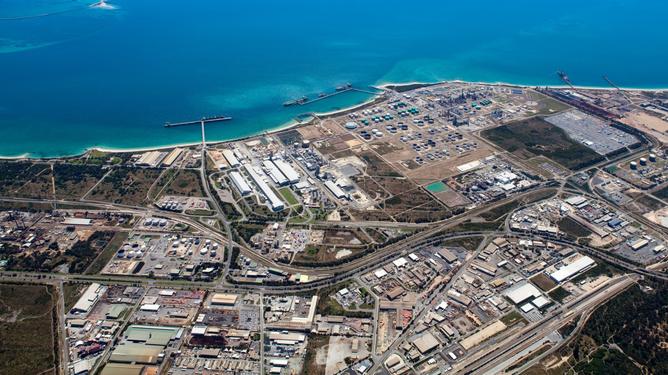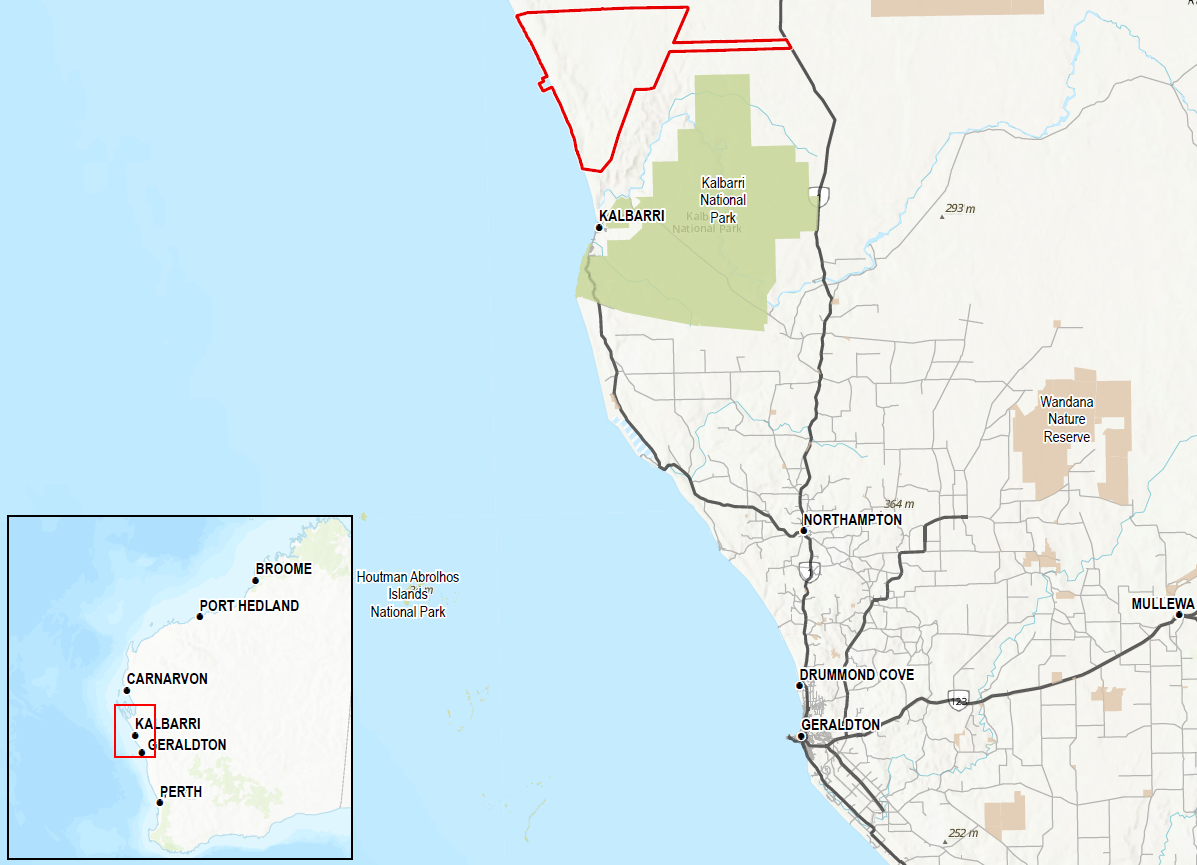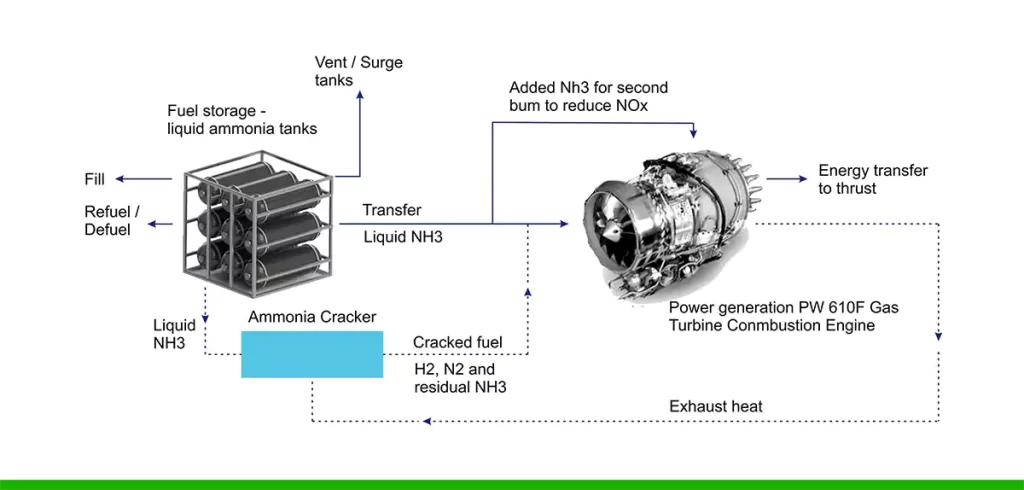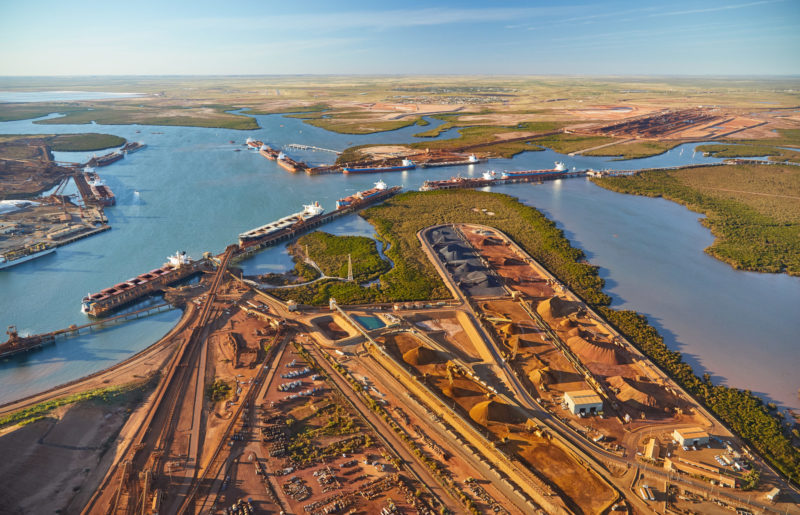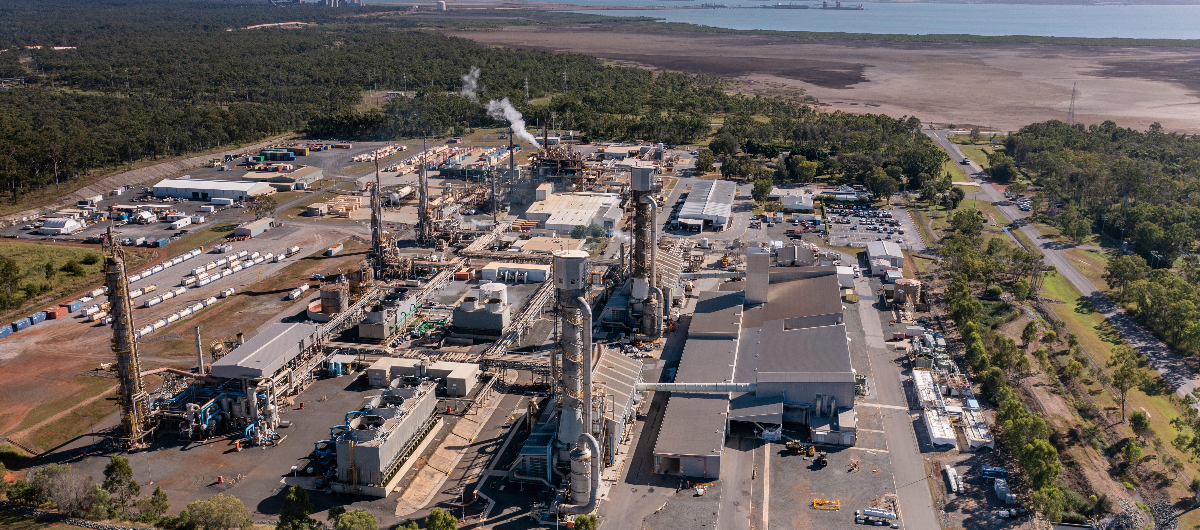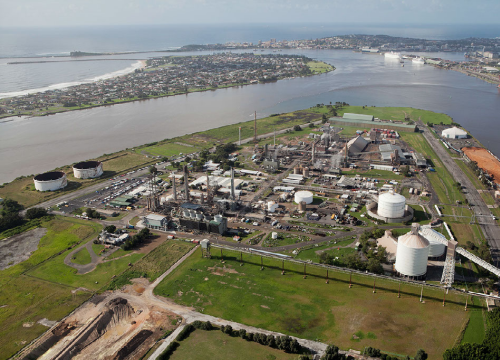Australia’s first gas-to-hydrogen pipeline transition to feed ammonia production near Perth
APA Group and Wesfarmers Chemicals, Energy and Fertilisers (WesCEF) have signed a new MoU to investigate the potential of feeding renewable hydrogen to existing ammonia production facilities in Kwinana, near Perth. Sections of APA’s existing Parmelia Gas Pipeline are being assessed for conversion to carry 100% hydrogen. If successful, the pipeline could become a “pure renewable hydrogen service”. In Kwinana, plans are already underway for multiple newbuild hydrogen & ammonia projects.
